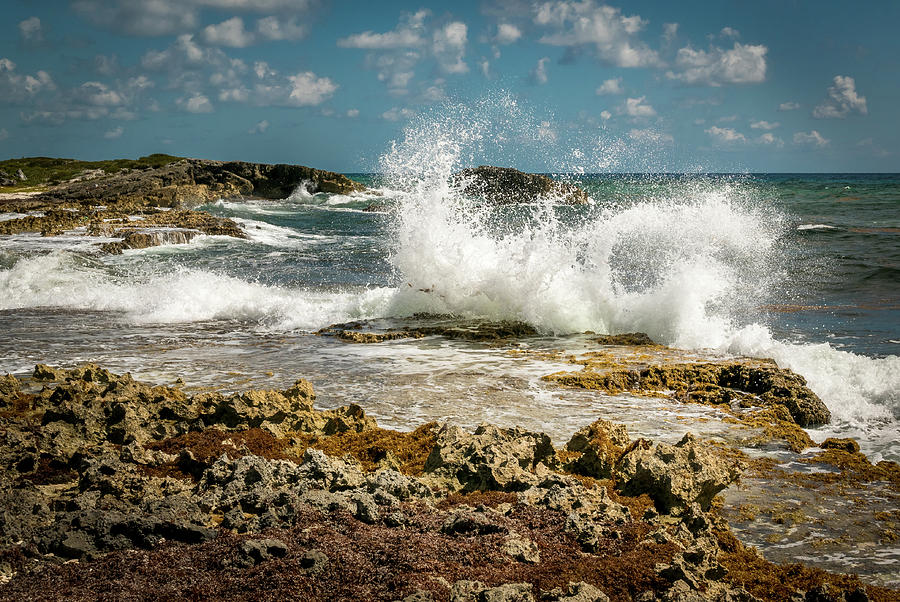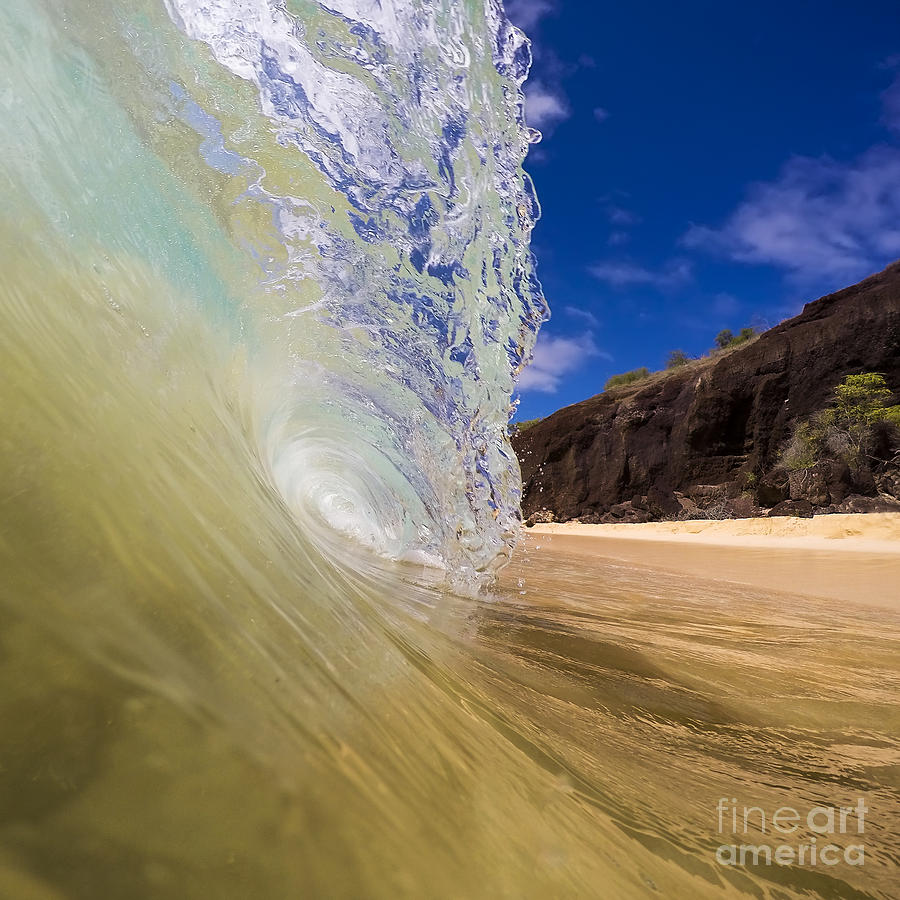
Well known examples include several in the Amazon Basin, in Brazil, at the Severn Bore in the United Kingdom, and in Sumatra, Indonesia. They form at specific times of the day, month, and year due to tidal currents, and can be accurately predicted. The waves can be singular or multiple crested. They are formed where stronger and larger tides enter a river or deltaic system, allowing the tide to forcefully push and extend up the river, sometimes forming rideable waves. Numerous tidal bore waves are known, some of which have also been surfed for several kilometres or more and many kilometres from the ocean, making them the longest rideable waves in the world.

They can also be made of more permanent rocky reefs. The 'Outer Banks' in North Carolina is an example. Natural 'wedge' style constructive interference can however occur on any type of surf break, provided the local wave dynamics are favorable.Ī type of open ocean surf break, these occur where sand build ups occur well offshore to produce breaking waves in the open ocean, which are sometimes called 'Outer Banks', which are similar to open ocean reefs except that they are generally made of sand, and may disappear or change with storms. This is an example of a human influence which actually may improve a wave's shape and quality for surfing, however in other cases the effect for surfing may be negative. Jetty and groyne style waves are known for often exhibiting constructive interference between different incoming waves to produce a significantly larger, 'wedging' style of wave, due to the unusual extension of obstruction that juts out significantly from the shore, and which wave shape is often favored by surfers. Examples include Long Beach in New York, The Wedge in California, and Duranbah Groyne in Australia.

They are also called 'groynes' in some places. They are sometimes called 'Bar' breaks because of the way the sand piles up along the shoreline. The bottom is usually sand, but can be pebbles, rocks, or even coral reef.Įxamples include Mundaka in Spain, and Merimbula bar in Australia. It can break as either a left-breaking or right-breaking wave, or a peak which breaks both ways. These waves are really just a form of beach or reef break, but breaking very close to the shore.Ī rivermouth break breaks at or near the entrance to a river or creek. This happens when the beach is very steep at the shoreline. They may be either temporary or more or less permanent, depending on whether the wreck remains in place for a significant period.Įxamples occur at the SS Monte Carlo at the Silver Strand, The Wreck, Byron Bay, NSW, and at Stockton Beach, Newcastle, NSW.Ī shore break is a wave that breaks directly on, or very close to the shore.

These effects are variable and may be either negative or positive with respect to the effect on local surf quality.Ī "Shipwreck break" usually forms from sand built up over submerged or partly submerged shipwrecks. Some 'surf break' locations may be partly or wholly formed and influenced by human activities (see under 'Human influence on surf breaks' below).

These are defined as permanent or semi permanent obstructions that causes a wave to break, rather than by the nature of the wave itself (see under 'Types of surfable waves' below).Īrtificial wave pools are an example of technology changing what is considered a 'surf break' or 'surfable wave'.


 0 kommentar(er)
0 kommentar(er)
